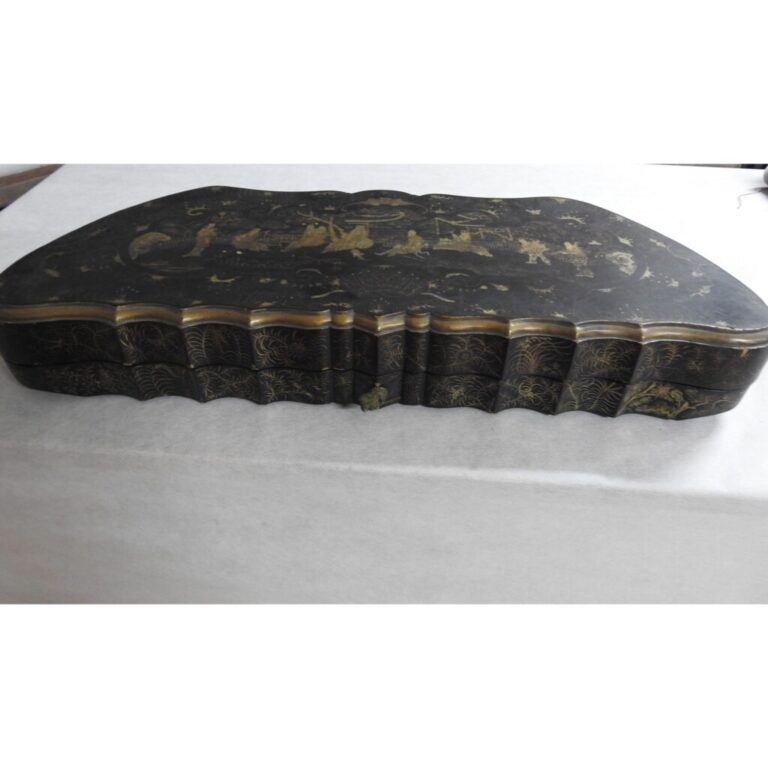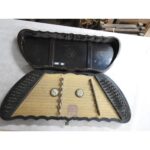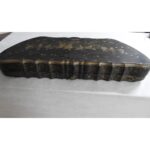Chinese dulcimer yangqin – hudie qin
A Chinese yangqin 揚琴 dulcimer. This instrument evolved from the Persian santur, which was introduced to southern China in the late Ming Dynasty and then spread throughout southern, central and eastern China. The yangqin dulcimer has two rows of bridges over which the strings are spanned, and is played with two bamboo sticks (missing here) whose head is made of rubber or leather. It is decorated with ivory parts, has two resonance holes carved from ivory, and is housed in an ornately crafted lacquered box. On the lid is an elaborate motif – a painting of the eight Daoist immortals and their symbols. Older types of Chinese dulcimers, hudie qin 蝴蝶琴or butterfly-shaped dulcimers, are still ocassionally to be heard, especially in the traditional sizhu 絲竹 music from the Shanghai region. (KH)







































Do you have a comment or additional information about the subject?